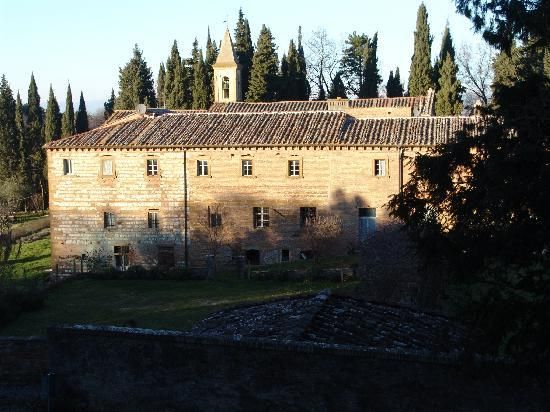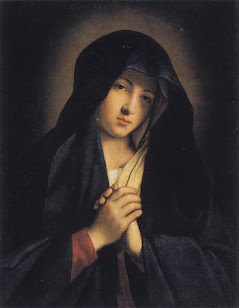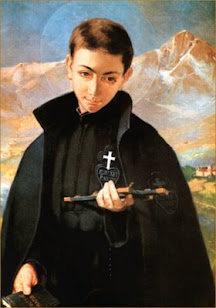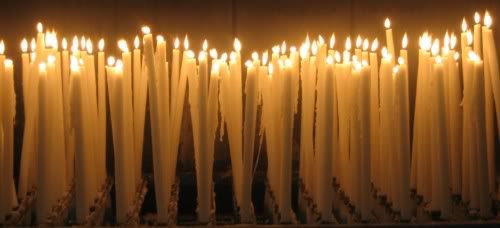Today, January 1, we
celebrate the feast day of Blessed Waldo (died 1320, also known as Blessed
Vivaldo or Blessed Ubaldo). Blessed Waldo is a perfect holy man to begin our yearly devotions, given his
simplicity, humility, and unflinching answer to the Lord’s call of
service. May we all be so receptive to
the Lord this year!
Waldo resided in San Gimignano, in northern Italy. He was known as a humble and holy man, and
offered his service to those who found themselves in the Leper hospital near
San Gimignano. When a holy Franciscan
brother, Bartolo, found himself in the Leper hospital, Blessed Waldo committed
himself to the holy man as a servant and disciple, offering his service and
comfort for the next twenty years.
During that time, it is likely that he, himself, contracted
Leprosy. Brother Bartolo instructed
Waldo, during their twenty-year friendship, in the ways of the faith, and Waldo
eventually joined the Tertiary Order of Saint Francis.
 |
| Interior, Chapel of San Vivaldo |
In 1300, when Bartolo joined the Lord in Heaven, Waldo felt
called to withdraw from the world altogether, so that he might deepen his
conversation with the Lord and not be distracted by the temptations of the
world. Traveling on foot to a large
forest, Blessed Waldo was led to a large chestnut tree in which he discovered a
hollow large enough to serve as a solitary cell. While there was barely sufficient space to kneel, Waldo took the
cell as his own and there spent the remainder of his life in silence and
solitude, offering severe penances and contemplating the faith.
Holy legend and church records tell us that that one day
in May 1320, the bells of the church from the village adjacent to the forest
began to ring of their own accord. As
local residents ran to the church seeking to unravel the mystery of the bells,
a hunter emerged from the forest. He reported to the assembled crowd that his
hounds had circled a hollow chestnut tree nearby and that they began barking
excitedly. When the hunter approached the tree to investigate the matter, he
found a recluse in the cavity of the tree, dead on his knees. Just as the
hunter finished recounting the story, the bells ceased ringing.
 |
| Convent at San Vivaldo |
As we begin the new year, we pause to consider how Blessed
Waldo’s behaviors must have seemed very strange to those who encountered
him. However, despite the human
judgment that likely occurred, this holy man maintained his life, his thoughts,
actions, and eyes fixed on the Lord. We
might look to Blessed Waldo for inspiration when others judge us for our faith,
or more importantly, when we keep our faith and beliefs to ourselves out of
fear of the judgment of others. May the
Lord shower us with the courage and grace we need to live our faiths with
certainty and fortitude.










0 comments:
Post a Comment
Thanks for leaving a comment. If you wish to submit a prayer request, however, please do so above, using the "Contact" tab.